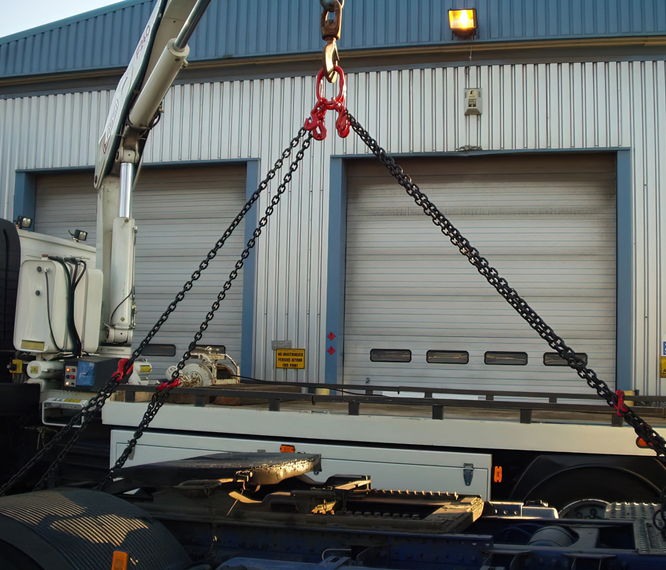















































































Wire Lock Pins have a pin and cotter all in one assembly. And Tab Wire Lock Pins have a pin and cotter all in one assembly. The wire loop is pulled over the pin end to lock it in place or remove it. This one-piece fastener eliminates cotter pin loss and fits most quick-release applications. Clevis Pin, Known as a corn picker pin. Commonly used in agricultural & industrial applications. The cotterless Clevis Pin features a ball detent that depresses and springs up to hold the Clevis Pin into place. Used for assembly speed or where cotter pins are difficult to use.
We have these pins made from Stainless steel and Carbon steel, which resist corrosion and provide for long life.

Pins are used as fasteners to align and link fittings in industrial machinery, vehicles, electronics, construction and other applications, fixing or connecting parts. pins are not suitable for applications that are primarily subject to axial forces, which pull or push pins or fittings in a direction parallel to the pin axis. Because pins do not have threaded holes, they usually require friction or tension to hold them in place. One of the key differences between the different designs of Pins is how they are held: they can be held by sliding, compression, spring force, the fit of clips and pins (lynchpins, cotter pins, bridge pins, etc.), brakes, etc.
Wire lock pins, also known as snap pins, are self-locking pins that are often used for power take-off, hydraulic and traction equipment, particularly in agricultural machinery.
The single-wire locking pin has a wire attached to the head and hooks onto the other end to prevent the pins from moving laterally through their holes due to vibration, gravity or other causes. The double-wire lock pin uses two wires and is more suitable for heavier applications.
Lynch pins, also a self-locking pin, have a wire loop designed to apply a spring force to the shaft of the pins, which snaps off at the end when the loop is fitted in the shaft or in the hole at the end.
Hitch pins, heavy-duty pin, also known as trailer pins, have a swivel handle at one end and a slot or through-hole at the other. They are generally used for hooking up trailers and attaching agricultural machinery to tractors or other vehicles. Once fitted, the hitch pins are held in place by a hitch pin clip or lynch pin.
Bent pins, a type of pins with a 25° bend at one end and a through hole at the other to accommodate a bridge pin or cotter pin, are heavy duty pins ideal for connecting equipment that often needs to be disconnected or reconnected and are a low cost alternative to hitch pins.
